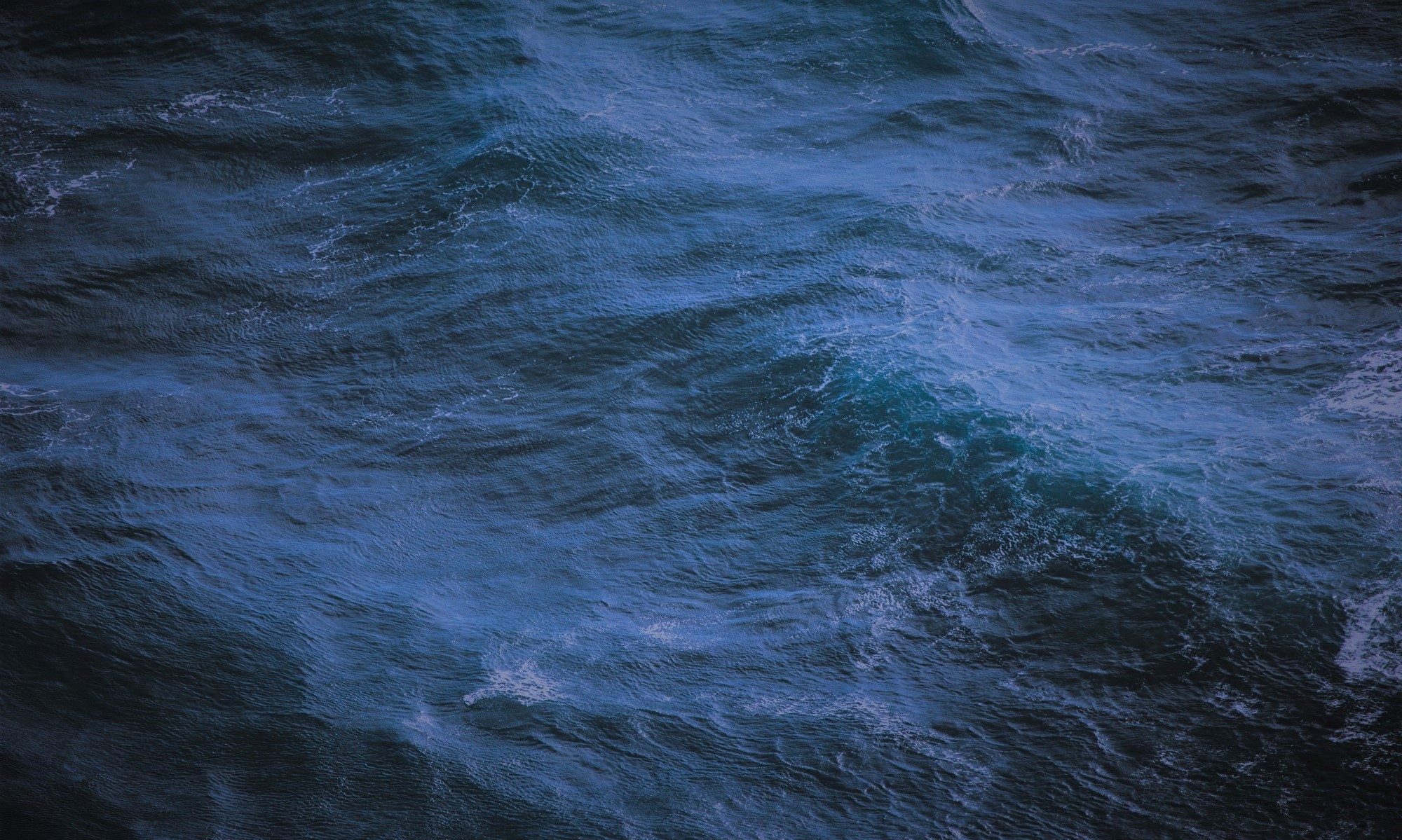Recommended for DGPS reception (typically 1539.9MHz or 1546MHz) in areas where general purpose antennae are inoperable due to L-band interference.


Figure 1. General arrangement of the AD 430 with mounting bracket. The diameter of the ground plane is 150 mm (6″). Three M4 fixing holes are provided on the ground plane for an optional extension disc.
Mechanical Specification
The antenna body is milled from aluminium in two parts which are hard anodised and sealed giving a rugged grey finish resistant to salt water corrosion. An ‘O’ ring is used to ensure a waterproof seal between the case halves. A 4mm thick GRP pressure moulding, which can be painted to any colour required, provides a strong electrically low-loss radome. The antenna is sealed to a minimum of IP67, the limiting factor being the seal between the N connectors (TNC optional) on the antenna and its coaxial cable.
The mass of the antenna is 1.4 kg . Dimensions are shown in figure 1. Operating temperature range for the antenna is -45°C to +70°C and storage temperature range is -45°C to +100°C.
Electrical Specification
The antenna element is a shaped dipole with right hand circular polarisation, an omni-directional radiation pattern in azimuth and good reception down to 5 degrees in elevation.
The element is connected to a built in GaAs FET amplifier via an interdigital filter which is machined from high conductivity copper to minimise its insertion loss. The amplifier gain is factory preset within the range 30 dB to 45 dB , with a total noise figure of <3 dB (figure 2) including the filter. In order to suppress L band interference, the filter has a narrow pass-band with significant attenuation of out of band interference: An example for DGPS reception within the band 1536 to 1548 MHz is shown in figure 2. Other bandwidths and pass-band centres are available; also AD430 antennae can be returned for retuning to different centre frequencies, subject to confirmation.
The amplifier is phantom powered via the coaxial output lead with a 5V to 20Vdc supply at typically 42mA . The antenna complies with EMC requirements and is CE marked.

Figure 2. Gain and noise figure of a low noise amplifier with an interdigital filter tuned for DGPS reception at 1542+/-6MHz. The response is characterised by a low filter loss and hence low noise figure (<3dB) in the required pass-band, with rapid ‘roll-off’ either side. The measurements were obtained with an HP 8970B noise figure meter.

